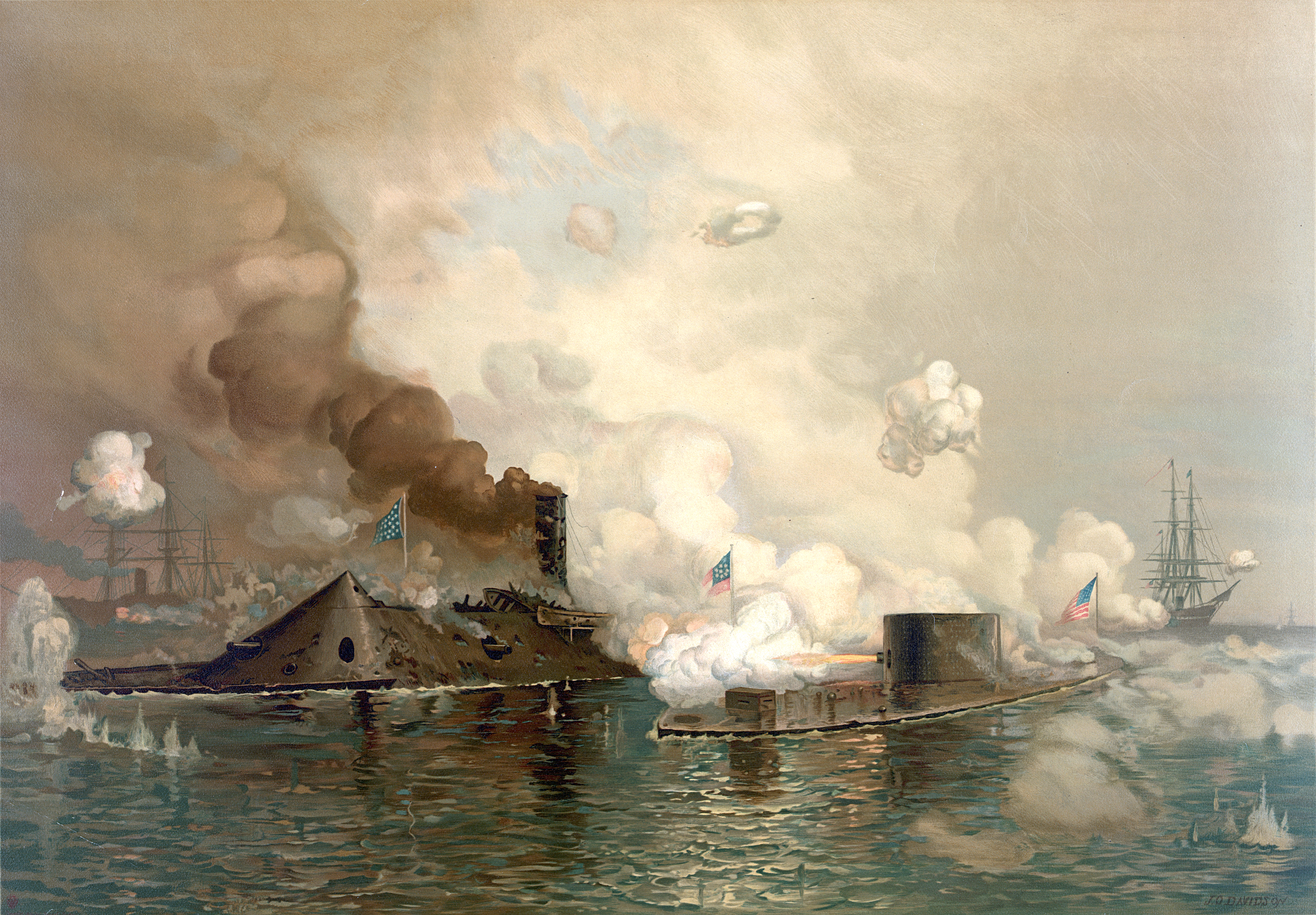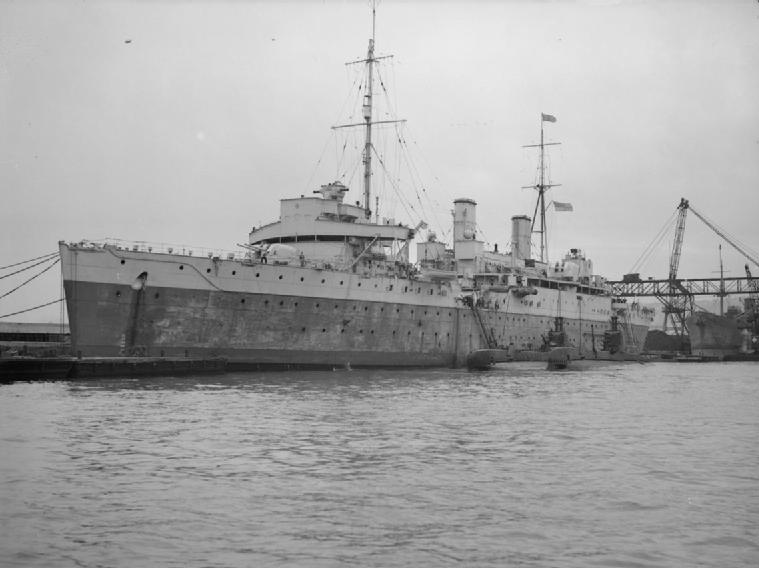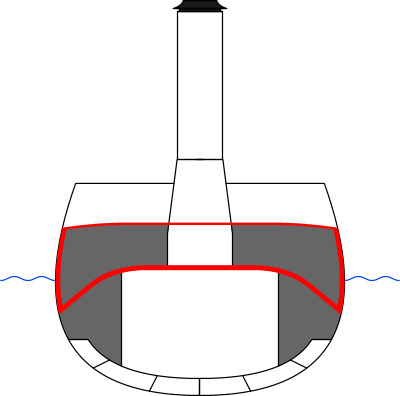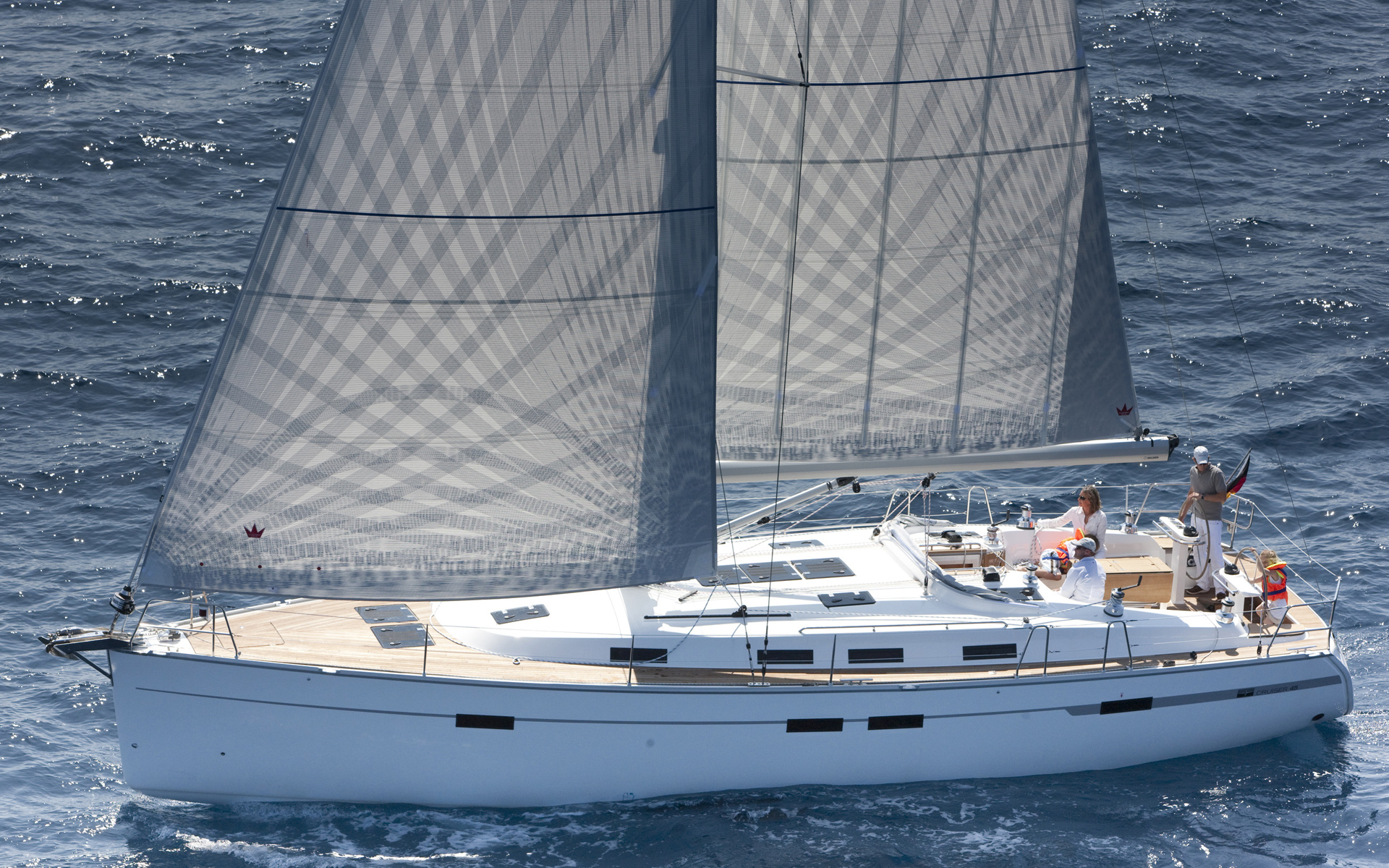|
HMS Warrior
At least five ships and one shore establishment of the Royal Navy have been named HMS ''Warrior'': * was a 74-gun third-rate ship of the line launched in 1781. She became a receiving ship after 1818, a convict ship after 1840, and was broken up in 1857. * was the Royal Navy's first ironclad ocean-going armoured warship and world's first iron-hulled ironclad, and was launched in 1860. She became a depot ship in 1902, was renamed HMS ''Vernon III'' in 1904, and hulked as HMS ''Warrior'' in 1923. She was handed over for preservation as ''Warrior'' in 1979, and is preserved at Portsmouth as a museum ship. * was a armoured cruiser launched in 1905. She was disabled at the Battle of Jutland in 1916 and foundered a day later. * was a yacht requisitioned by the Royal Navy in 1917 and 1918 * was a light fleet aircraft carrier An aircraft carrier is a warship that serves as a seagoing airbase, equipped with a full-length flight deck and hangar facilities for supporting, arming, ... [...More Info...] [...Related Items...] OR: [Wikipedia] [Google] [Baidu] |
Shore Establishment
A stone frigate is a naval establishment on land. 'Stone frigate' is an informal term which has its origin in Britain's Royal Navy (RN), after its use of Diamond Rock, an island off Martinique, as a ' sloop of war' to harass the French in 1803–1804. The Royal Navy was prohibited from ruling over land, so the land was commissioned as a ship. The command of this first stone frigate was given to Commodore Hood's first lieutenant, James Wilkes Maurice, who, with cannon taken off the Commodore's ship, manned it with a crew of 120 until its capture by the French in the Battle of Diamond Rock in 1805. Until the late 19th century, the Royal Navy housed training and other support facilities in hulks; old wooden ships of the line, moored in ports as receiving ships, depot ships, or floating barracks. The Admiralty regarded shore accommodation as expensive, and liable to lead to indiscipline. As ships began to use increasingly complex technology during the late 19th centur ... [...More Info...] [...Related Items...] OR: [Wikipedia] [Google] [Baidu] |
Royal Navy
The Royal Navy (RN) is the naval warfare force of the United Kingdom. It is a component of His Majesty's Naval Service, and its officers hold their commissions from the King of the United Kingdom, King. Although warships were used by Kingdom of England, English and Kingdom of Scotland, Scottish kings from the early Middle Ages, medieval period, the first major maritime engagements were fought in the Hundred Years' War against Kingdom of France, France. The modern Royal Navy traces its origins to the English Navy of the early 16th century; the oldest of the British Armed Forces, UK's armed services, it is consequently known as the Senior Service. From the early 18th century until the World War II, Second World War, it was the world's most powerful navy. The Royal Navy played a key part in establishing and defending the British Empire, and four Imperial fortress colonies and a string of imperial bases and coaling stations secured the Royal Navy's ability to assert naval superior ... [...More Info...] [...Related Items...] OR: [Wikipedia] [Google] [Baidu] |
Ship Of The Line
A ship of the line was a type of naval warship constructed during the Age of Sail from the 17th century to the mid-19th century. The ship of the line was designed for the naval tactics in the Age of Sail, naval tactic known as the line of battle, which involved the two columns of opposing warships manoeuvering to volley fire with the naval cannon, cannons along their Broadside (naval), broadsides. In conflicts where opposing ships were both able to fire from their broadsides, the faction with more cannons firingand therefore more firepowertypically had an advantage. From the end of the 1840s, the introduction of steam engine, steam power brought less dependence on the wind in battle and led to the construction of propeller, screw-driven wooden-hulled ships of the line; a number of purely sail-powered ships were converted to this propulsion mechanism. However, the rise of the ironclad warship, ironclad frigate, starting in 1859, made steam-assisted ships of the line obsolete. The ... [...More Info...] [...Related Items...] OR: [Wikipedia] [Google] [Baidu] |
Receiving Ship
A hulk is a ship that is afloat, but incapable of going to sea. 'Hulk' may be used to describe a ship that has been launched but not completed, an abandoned wreck or shell, or a ship whose propulsion system is no longer maintained or has been removed altogether. The word hulk also may be used as a verb: a ship is "hulked" to convert it to a hulk. The verb was also applied to crews of Royal Navy ships in dock, who were sent to the receiving ship for accommodation, or "hulked". Hulks have a variety of uses such as housing, prisons, salvage pontoons, gambling sites, naval training, or cargo storage. In the age of sail, many hulls served longer as hulks than they did as functional ships. Wooden ships were often hulked when the hull structure became too old and weak to withstand the stresses of sailing. More recently, ships have been hulked when they become obsolete or when they become uneconomical to operate. Sheer hulk A ''sheer hulk'' (or ''shear hulk'') was used in shipbuildi ... [...More Info...] [...Related Items...] OR: [Wikipedia] [Google] [Baidu] |
Convict Ship
A convict ship was any ship engaged on a voyage to carry convicted felons under sentence of penal transportation from their place of conviction to their place of exile. Description A convict ship, as used to convey convicts to the British colonies in America, the Caribbean and Australian Colonies, were ordinary British merchant ships as seen in ports around the world at that time. There was no ship specifically built as a convict vessel. There was no ship engaged exclusively for convict transportation use, all being used for general cargo, or passenger transport, at various times. Vessels chartered for convict transport were mainly square rigged ships or barques, with the exception of a few brigs, the majority being small to moderate tonnage. The fees paid to the ship owners were so low that only the worst and most decrepit ships were utilised. English Parliamentary records indicate that the average rate paid by the government to hire a ship for convict service in 1816 was ... [...More Info...] [...Related Items...] OR: [Wikipedia] [Google] [Baidu] |
Ironclad
An ironclad was a steam engine, steam-propelled warship protected by iron armour, steel or iron armor constructed from 1859 to the early 1890s. The ironclad was developed as a result of the vulnerability of wooden warships to explosive or incendiary device, incendiary shell (projectile), shells. The first ironclad battleship, , was launched by the French Navy in November 1859, narrowly preempting the British Royal Navy. However, Britain built the first completely iron-hulled warships. Ironclads were first used in warfare in 1862 during the American Civil War, when they operated against wooden ships, and against each other at the Battle of Hampton Roads in Virginia. Their performance demonstrated that the ironclad had replaced the unarmored ship of the line as the most powerful warship afloat. City-class ironclad, Ironclad gunboats became very successful in the American Civil War. Ironclads were designed for several uses, including as high-seas battleships, long-range cruisers, ... [...More Info...] [...Related Items...] OR: [Wikipedia] [Google] [Baidu] |
Iron
Iron is a chemical element; it has symbol Fe () and atomic number 26. It is a metal that belongs to the first transition series and group 8 of the periodic table. It is, by mass, the most common element on Earth, forming much of Earth's outer and inner core. It is the fourth most abundant element in the Earth's crust, being mainly deposited by meteorites in its metallic state. Extracting usable metal from iron ores requires kilns or furnaces capable of reaching , about 500 °C (900 °F) higher than that required to smelt copper. Humans started to master that process in Eurasia during the 2nd millennium BC and the use of iron tools and weapons began to displace copper alloys – in some regions, only around 1200 BC. That event is considered the transition from the Bronze Age to the Iron Age. In the modern world, iron alloys, such as steel, stainless steel, cast iron and special steels, are by far the most common industrial metals, due to their mechan ... [...More Info...] [...Related Items...] OR: [Wikipedia] [Google] [Baidu] |
Depot Ship
A depot ship is an auxiliary ship used as a mobile or fixed base for submarines, destroyers, minesweepers, fast attack craft, landing craft, or other small ships with similarly limited space for maintenance equipment and crew dining, berthing and relaxation. Depot ships may be identified as tenders in American English. Depot ships may be specifically designed for their purpose or be converted from another purpose. Function Depot ships provide services unavailable from local naval base shore facilities. Industrialized countries may build naval bases with extensive workshops, warehouses, barracks, and medical and recreation facilities. Depot ships operating within such bases may provide little more than command staff offices,Lenton (1975) pp.391-394 while depot ships operating at remote bases may perform unusually diverse support functions. Some United States Navy submarine depot ships operating in the Pacific during World War II included sailors with Construction Battalion rating ... [...More Info...] [...Related Items...] OR: [Wikipedia] [Google] [Baidu] |
Museum Ship
A museum ship, also called a memorial ship, is a ship that has been preserved and converted into a museum open to the public for educational or memorial purposes. Some are also used for training and recruitment purposes, mostly for the small number of museum ships that are still operational and thus capable of regular movement. Several hundred museum ships are kept around the world, with around 175 of them organised in the Historic Naval Ships AssociationAbout The Historic Naval Ships Association (the international Historic Naval Ships Association website. Accessed 2008-06-06.) though many are not naval museum ships, from general merchant ships to tugboat, tugs and Lightvessel, lightships. Many, if not most, museum ships are also associated with a maritime museum. Significance Relatively few ships are ...[...More Info...] [...Related Items...] OR: [Wikipedia] [Google] [Baidu] |
Armoured Cruiser
The armored cruiser was a type of warship of the late 19th and early 20th centuries. It was designed like other types of cruisers to operate as a long-range, independent warship, capable of defeating any ship apart from a pre-dreadnought battleship and fast enough to outrun any battleship it encountered. For many decades, naval technology had not advanced far enough for designers to produce a cruiser that combined an armored belt with the long-range and high speed required to fulfill its mission. For this reason, beginning in the 1880s and 1890s, many navies preferred to build protected cruisers, which only relied on a lightly armored deck (ship), deck to protect the vital parts of the ship. However, by the late 1880s, the development of modern rapid-fire breech-loading cannons and high-explosive shells made the reintroduction of side armor a necessity. The invention of Case-hardening, case-hardened armor in the mid-1890s offered effective protection with less weight than previou ... [...More Info...] [...Related Items...] OR: [Wikipedia] [Google] [Baidu] |
Battle Of Jutland
The Battle of Jutland () was a naval battle between Britain's Royal Navy Grand Fleet, under Admiral John Jellicoe, 1st Earl Jellicoe, Sir John Jellicoe, and the Imperial German Navy's High Seas Fleet, under Vice-Admiral Reinhard Scheer, during the First World War. The battle unfolded in extensive manoeuvring and three main engagements from 31 May to 1 June 1916, off the North Sea coast of Denmark's Jutland Peninsula. It was the largest naval battle and only full-scale clash of battleships of the war, and the outcome ensured that the Royal Navy denied the German surface fleet access to the North Sea and the Atlantic for the remainder of the war. Germany avoided all fleet-to-fleet contact thereafter. Jutland was also the last major naval battle, in any war, fought primarily by battleships. Germany's High Seas Fleet intended to lure out, trap, and destroy a portion of the British Grand Fleet. The German naval force was insufficient to openly engage the British fleet. This was par ... [...More Info...] [...Related Items...] OR: [Wikipedia] [Google] [Baidu] |
Yacht
A yacht () is a sail- or marine propulsion, motor-propelled watercraft made for pleasure, cruising, or racing. There is no standard definition, though the term generally applies to vessels with a cabin intended for overnight use. To be termed a , as opposed to a , such a pleasure vessel is likely to be at least in length and may have been judged to have good aesthetic qualities. The Commercial Yacht Code classifies yachts and over as . Such yachts typically require a hired crew and have higher construction standards. Further classifications for large yachts are : carrying no more than 12 passengers; : solely for the pleasure of the owner and guests, or by Flag#At sea, flag, the country under which it is registered. A superyacht (sometimes ) generally refers to any yacht (sail or power) longer than . Racing yachts are designed to emphasize performance over comfort. Charter yachts are run as a business for profit. As of 2020, there were more than 15,000 yachts of sufficient size ... [...More Info...] [...Related Items...] OR: [Wikipedia] [Google] [Baidu] |








